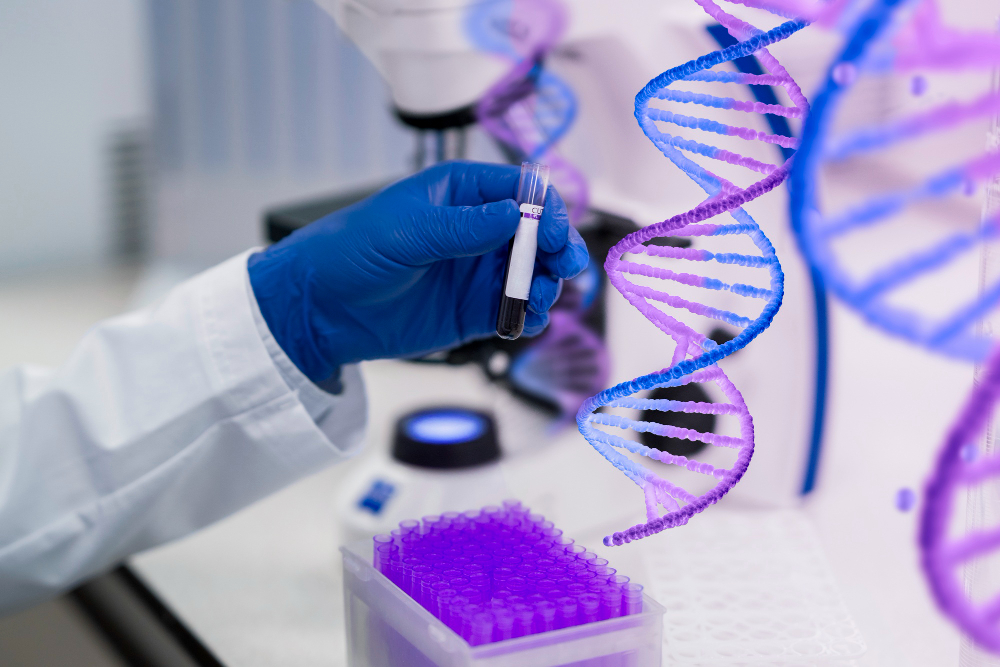May 24, 2023Author: Grant Moher, Esq.
May 24, 2023Author: Grant Moher, Esq.

Generally, the birth mother assumes custody of a child she just gave birth to. The only exception is with surrogate mothers, which is when a third-party female agrees to have a couple’s fertilized egg implanted in her uterus, carries the baby to term, then delivers it. In a situation where a drug addict or homeless mother gives birth while a sober, housed father is present in the hospital during the baby’s birth, it is unlikely (and possibly illegal) that the hospital would just hand off the baby to the mother. But even then, the birth mother would have to give her consent or an ex-parte court order would be needed.
If you think that you are the father of a child and unmarried, the first thing you’ll need to do is get a DNA test for yourself and the baby. In the past, this meant waiting until the baby was born. It could only be done during pregnancy via an expensive procedure called amniocentesis. This involves sticking a needle through the mother’s belly into the amniotic sac. Puncturing the amniotic sac can be dangerous for the baby and should only be done in life-threatening situations (like if a baby is developing abnormally).

However, today a new procedure called NIPP (Noninvasive Prenatal Paternity) is available. Walmart sells home NIPP tests for as little as $139, or NIPP can be performed in a lab for $800 to $1,500. NIPP is the most accurate and safe way to establish paternity during pregnancy. It involves doing a fetal cell analysis by comparing the blood samples of the would-be father and the mother. A genetic profile compares the fetal cells in the blood of the mom’s blood to the blood of the man. The NIPP test is over 99% accurate and can be performed accurately at 8 weeks pregnant.
If the mother and father are on good terms and there are no doubts about who the father is, a document called an AOP or (Voluntary) Acknowledgement of Paternity can be signed at the hospital. This document will usually suffice to get the father’s name on the birth certificate. The mother has to agree, however, to give the man in question parental rights.
If either the mom or the man is uncertain of paternity, a DNA test can be ordered by the court. The test involves the child and the father having the inside of their cheeks swabbed and sent to a lab. DNA tests are 99.9% accurate. If the DNA test confirms that the man is the biological father, the court will issue an Order of Paternity. At this time, the father’s name will be added to the child’s birth certificate. If a man does not respond to the court’s Notice to Appear, the judge can declare him the father with no further input. He will then become responsible for making child support payments.
If an unmarried would-be dad believes a child to be his but has not yet established legal paternity, he should sign up on the Virginia Putative Father Registry. This is a list of “in limbo” dads who will get notified if there are any legal changes to the child’s status while his paternity suit is being processed. If the child is adopted, dies, or a termination of parental rights case is started, the man will be notified.
Curran Moher Weis has handled many child custody cases as part of divorces or paternity actions. We can definitely assist you in this matter. Contact our offices today online to get started or call (571-328-5020).